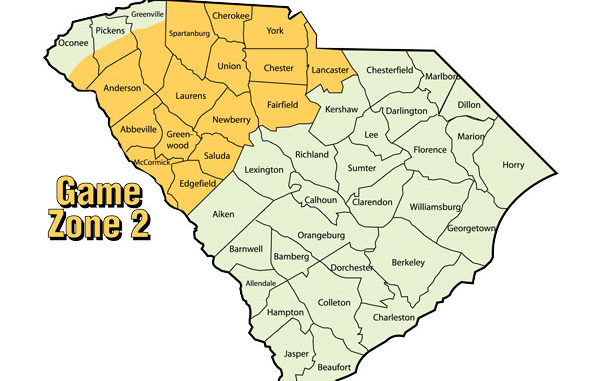
Big bucks might let their guard down; be sure you’re prepared to take advantage of those mistakes.
The rut is a special time for South Carolina deer hunters. For most, it’s the prime time to get the drop on a trophy buck. It’s the one time of the year when the monster bucks let their “survival” guard down just a bit and make mistakes they normally don’t make, enabling hunters to harvest big deer that otherwise are too stealthy or have simply become nocturnal.
While experienced hunters enjoy success throughout the season, the time period leading up to the rut and the peak of the rut are when most trophy bucks are taken, according to Mike Johnson, general manager of The Clinton House in Laurens County.
Johnson has plenty of experience figuring out how to kill big bucks during the rut, as his hunting facility is located in the heart of the Piedmont and is visited by numerous hunters seeking a trophy.
“Certainly, the rut is the time when most hunters hope to harvest a trophy buck, and we certainly see a lot of them here,” Johnson said. “The rut usually starts in October and peaks in November in (this) portion of the state, but the pre-rut is also an excellent time for deer hunting. As the deer begin to transition from early-season behavior into pre-rut and early rut phases, October can be an awesome time for hunting — and it usually just gets better as we get into November.”
During early October, deer patterns begin to change, and if hunters don’t continue to scout and follow deer movements, they’ll likely miss some excellent hunting opportunities, he said.
“One of the best places to find big bucks during the pre-rut and right into the rut is in hardwood bottoms,” Johnson said. “There’s usually still plenty of foliage on the trees, giving them cover, which is necessary for big bucks. The ideal place to find big bucks moving is in the transition zones such as thick pine stands adjacent to the hardwood bottoms. If there are food sources in the bottoms, they’ll come to those, but the main travel route will often be right along the transition edge and often just inside the thick cover.”
David Valentine, the head guide at The Clinton House, has daily experience with deer and their patterns, and his exposure to deer movements throughout the season gives him a good perspective on what to key on. His experience tells him that right up until the rut, Piedmont deer will stay in thick cover.
“We’ve found the best bet is to locate our stands where hunters can see the edge lines of the transition areas, especially if there are food sources that may draw the deer out of the thick areas,” Valentine said. “They will cut the edge lines of the hollows and avoid openings when they can. However, they will move through more open areas in search of food or water.
“We maintain more than 60 deer stands, so we can have stands in the bedding areas, the feeding areas and in between the bedding and feeding areas,” he said. “As the season transitions to the rut, tracking where the most deer activity is located is a key to our success. We’ll be moving hunters around based on what the deer are doing. That’s one thing I strongly suggest for any deer hunter at this time of the season: keep up with the deer movement and hunt the hotspots.”
According to Johnson, buck patterns can be difficult to track for long periods of time during the rut. While big bucks will have certain tendencies, their movements can be quirky.
“We generally use permanent stands, and we have many positioned in prime areas for seeing bucks during the rut,” he said. “However, sometimes the use of climbing stands is essential, depending on the specific location. I am out in the woods daily during the rut and throughout the season, and often after we put hunters out, I scout other areas to see where deer are moving to plan my next series of hunts. A lot of the time, if I am careful not to spook deer, I’ll find an abundance of fresh sign in specific, localized areas. This is exactly where placing a climbing stand can be of great value. That spot may only be hot for a few days, but it can be awesome when you go to the trouble to find these areas.”
Valentine agrees and said that hunters seeking a trophy buck should strongly consider the use of a climbing stand.
“A climber gives me the mobility to take the hunt to where the deer are most active,” he said. “If I find an area where a lot of does are feeding and staying, I’ll look for a couple of trees to use a climbing stand. Always consider a couple of different options for the climber so you can have option according to the wind direction. We’ll have a prevailing wind direction typically, but it can and will sometimes change from day to day. Always have a backup plan.”
Johnson and Valentine agree that hunting near food sources is a prime consideration during the rut.
“Bucks may not eat as much, but they will eat some,” Johnson said. “With the approach of the peak of the rut, one key is to simply locate where the does are staying and feeding. Find the does, and you’ll find bucks as well. There are a lot of different food sources that come and go, and hunters need to know which ones are prominent in the area they hunt and exactly where they are located.”
Valentine said that in Laurens County, key food sources include white oaks, which often begin to produce heavily in early to mid-October. Also, the bean pods on the locust trees and ripe persimmons are other prime food sources.
The exact times when the food sources are at their peak will vary with annual water supply and temperature, and there’s often some overlap in the timing of different food sources. But key on these and any other natural food sources you find in the woods you hunt.
Some years when the acorn crop is not heavy, food plots and other foods sources can be especially effective, according to Valentine.
“Food plots can be excellent places to attract does during the rut,” Valentine said. “If the acorn crop is not abundant, food plots can be a very strong drawing card. In years of heavy mast production, the food plots will be good, but usually later in the season when natural food sources begin to diminish. Again, just check the area you hunt and know what the status of the mast crop is, and you’ll have a great indication of the general areas to be, or where not to be, during the rut.”
The keys to successful hunting during the rut are simple, according to Johnson and Valentine, but they do require a solid commitment from the hunter.
“Hunt in and around heavy cover in the pre-rut and into the rut if you’re looking for a trophy buck,” Johnson said. “Find ways to get into your stand without spooking the deer, and do the same thing on the way out so deer won’t be alerted if you plan to hunt there again soon. While food is less of an issue during the rut for bucks, don’t totally discount the value of a good food source. Does will eat acorns and other food sources, and if that’s not available, they’ll be attracted to food plots. Remember, during the rut, bucks will follow does, so I don’t always have to see a big buck in an area before I hunt it. There will be sign such as big tracks or bucks you’ve seen earlier in the year.”
Johnson said continuing to use all the stealth, patience and wind advantages as you normally would.
“Even during the rut, it’s often the combination of several little things that good hunters do that mean the difference between getting that trophy buck or not seeing bucks at all,” Johnson said.

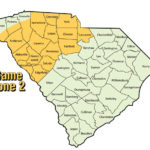
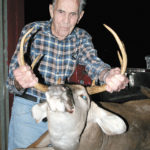
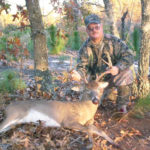
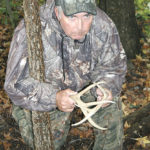
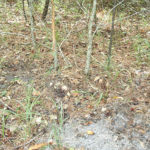
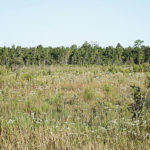



Be the first to comment